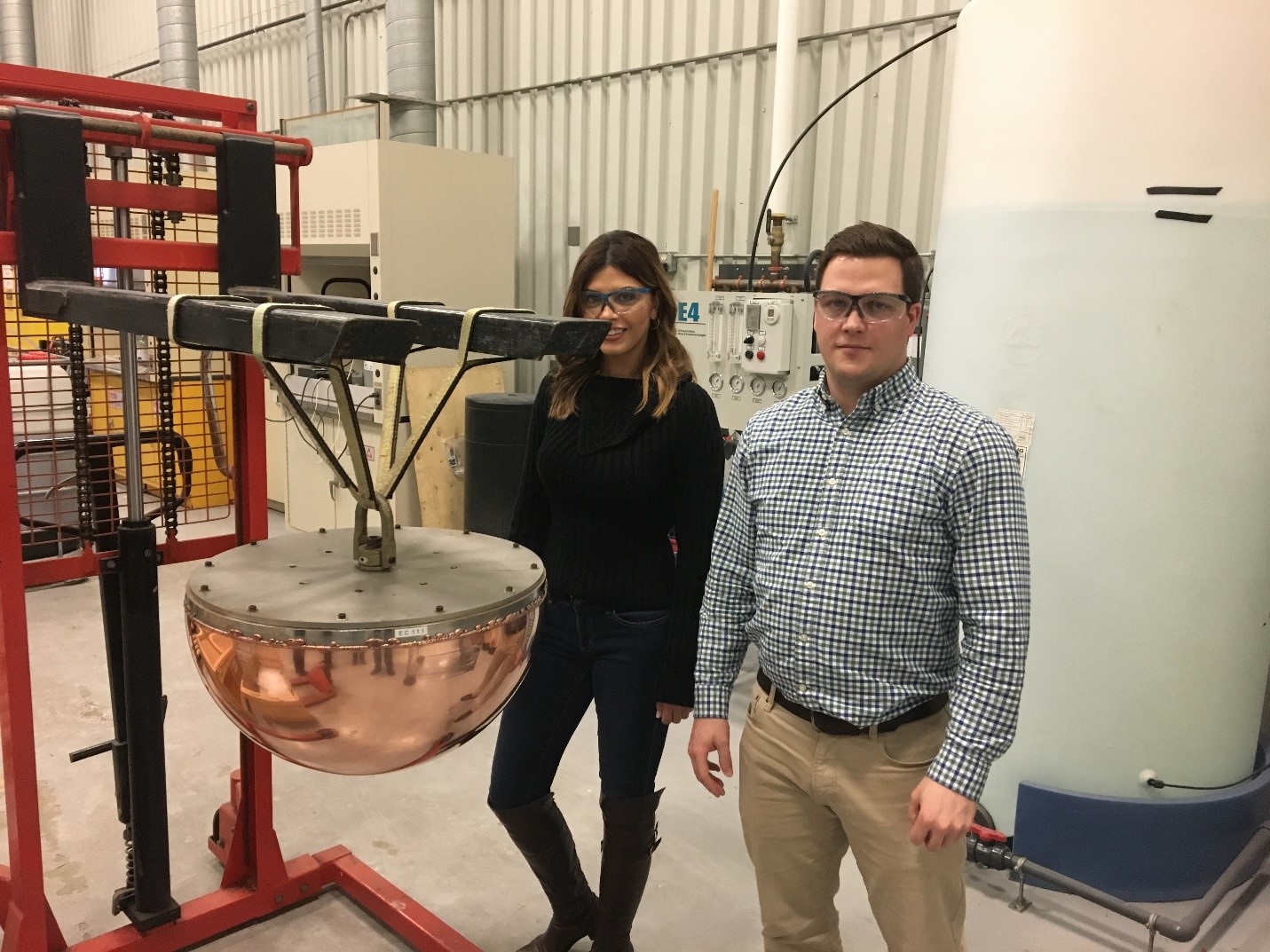The NWMO scientists’ work — recently published in an international journal — demonstrates a copper coating is an effective barrier to safely contain used nuclear fuel and can “withstand even the harshest conditions” that may be present inside a deep geological repository in Canada.
The article — titled “An Evaluation of Corrosion Processes Affecting Copper-Coated Nuclear Waste Containers in a Deep Geological Repository” — has been published by Progress in Materials Science. Its findings confirm that the copper coating on an NWMO-designed container for used nuclear fuel is robust and thick enough to withstand any corrosive effects for over 1,000,000 years.
The container is one of five barriers that will ensure a deep geological repository can safely contain and isolate radioactive material for hundreds of thousands of years.
“The publishing of this article in such a prestigious peer-reviewed journal is a testament to the high-quality work being produced by NWMO specialists,” said Derek Wilson, Chief Engineer and Vice-President, Contract Management with the NWMO. “The article’s findings also underscore that the proposed repository design will withstand even the harshest conditions to ensure that people and the environment are protected for generations to come.”
The article reviews hundreds of research articles relevant to the long-term integrity of copper coatings, spanning nearly a century of peer-reviewed scientific publications. It serves both as evidence of the safety of the design for Canada’s plan and to inform similar international projects that rely on copper, but with different geospheres, container designs and nuclear materials.
The article reviews past research to calculate what level of corrosion is possible in a repository environment. Also examined are a myriad of possible corrosive factors, such as exposure to groundwater and the potential influence of microbial communities. The NWMO’s design calls for a three-millimeter copper coating on the used fuel container.
“This paper shows that we can reasonably expect about 0.25 of a millimetre of corrosion to occur over a million years. Even if you conservatively presume a series of unlikely events, the total damage will be less than 1.25 millimetres ,” said Dr. Peter Keech, Manager of Engineered Barrier Science at the NWMO and the article’s senior author. “When we consider that the reference thickness of the copper coating is three millimetres, it is clear that we can depend on the container to safely isolate the used nuclear fuel from people and the environment, as part of a multiple barrier system, even as we account for corrosion.
The article was co-authored by NWMO corrosion scientists Dr. Mehran Behazin and Dr. Jeffrey Binns, as well as frequent NWMO collaborator and contractor, Dr. David S. Hall, who is currently managing a research consortium across the United Kingdom from the University of Cambridge.
The NWMO is a non-profit organization tasked with the implementation of Canada’s plan for the safe, long-term storage of used nuclear fuel inside a deep geological repository in a manner that protects people and the environment.
Progress In Materials Science is an international review journal that focuses on advances in the science of materials as they relate to engineering.

